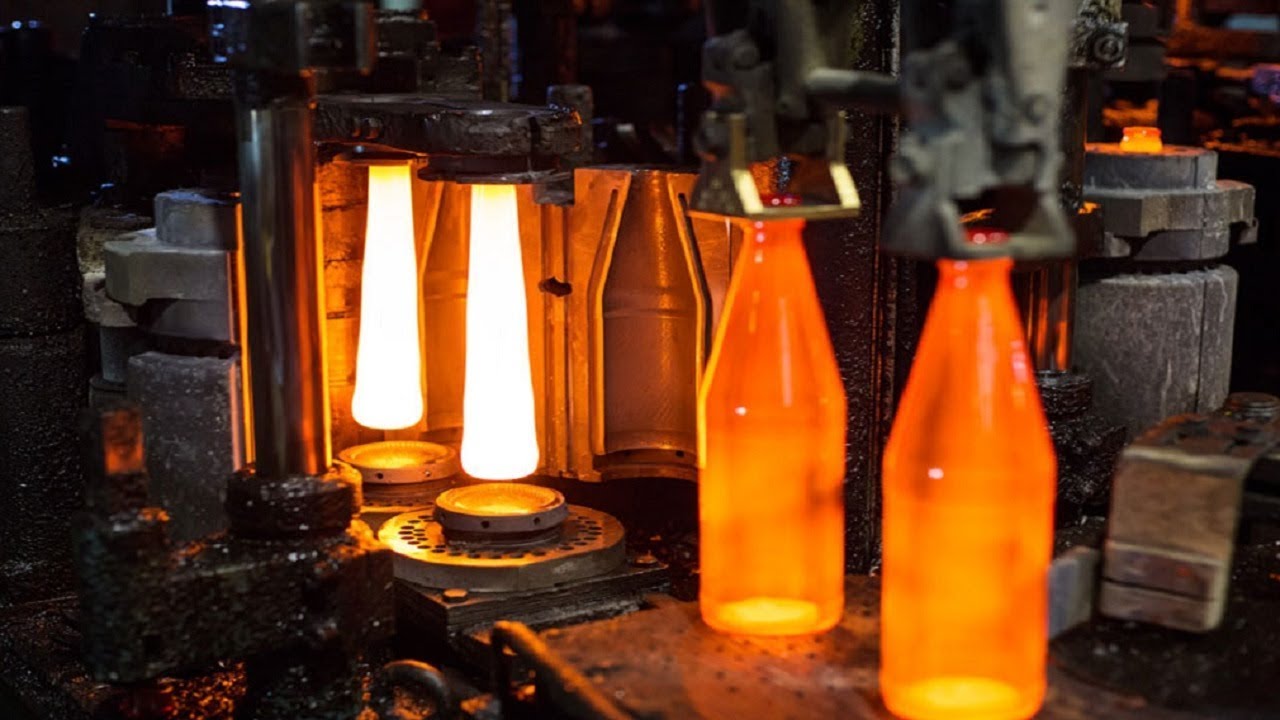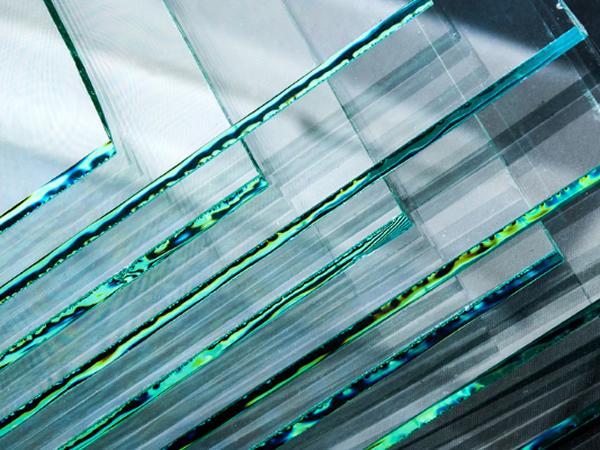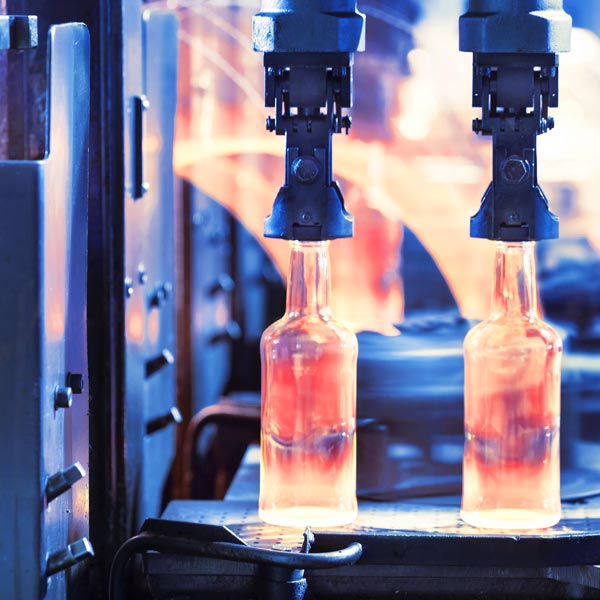Author:Melissa Bryant | TIME:September 27, 2019
Glass is made from different materials. The most important ingredient is silica in the sand. To make ordinary glass, sodium carbonate and limestone (calcium carbonate) are added. The green glass is caused by iron impurities in the sand. Modern glass incorporates other ingredients to improve color and some of its properties, such as heat resistance.

Glass making is not something modern. The oldest glass is blue glass, dating back to the reign of the Egyptian Pharaoh Amenhotep around 1550 BC. Now, glass is the most versatile container because it has no limit in use. In this article, let's look at how the glass bottle is made and the glass manufacturing process.
Glass compositions can have different physical, chemical, and optical properties after different processes. In addition to fused silica, there are many different ingredients mixed. Now, let's learn what 3 common types of glass are.
Soda-lime Silica Glasses
This is the most widely used glass, accounting for nearly 90% of the world's manufactured glass. The containers and jars in your home are most likely made of soda-lime-silica glass. It is usually made up of 60-75% silica, 12-18% soda water and 5-12% lime for decorative tableware in food and beverage containers.
It also provides economics and convenience, which makes it popular. However, it is not perfect. It loses its heat resistance and is easily destroyed by thermal shock and is easily chemically corroded.
Borosilicate Glasses
The borosilicate glass contains at least 5% boron oxide, which makes the glass more durable and resistant to thermal shock. It is also highly resistant to temperature changes and chemical attack and is therefore ideal for storing jet fuel, hydraulic oil, acid, etc.
Because of his low coefficient of thermal expansion, this is why they are used in the manufacture of fire-resistant glass, which is widely used in pipes, bulbs, photochromic glass, sealed beam headlights, laboratory equipment, and baking utensils.
Phosphate glasses
Phosphorus pentoxide is the main component of Phosphate glasses. These glasses have some resistance to hydrofluoric acid but it's poor in the chemical stability. However, the composition can be chemically resistant and stable by engineering the composition for a particular use.
When used in combination with colorants, it will have a unique and ideal transmission spectrum, suitable for medical, military weapons.

The glass manufacturing process consists of five stages: a collection of raw materials, preparation of batch materials, melting in the furnace, processing, and annealing. The manufacturing process for glass containers begins with the melting of raw materials (sand, soda, limestone, minor components, and more and more glass shells from recycled glass containers) at 1500 °C.
The raw materials usually contain traces of iron compounds such as ferrous oxide and iron oxide which can color the glass. If you don't need these colors, you need to add a decolorizing agent, usually bismuth oxide (Sb 2 O 3 ), arsenic oxide (AS 2 O 3), cobalt oxide (CoO), etc.
The melting is carried out in a pot furnace or a tank furnace. Keep heating until the release of carbon dioxide, oxygen, sulfur dioxide, and other gases.
The glass obtained is still in a fluid state at a temperature of about 900 ° C and then dispensed into a mold to define the shape in the mold. Different manufacturing methods include Blowing, Casting, Drawing, Pressing, Rolling Spinning and Blowing.
Subsequently, it is moved to an annealing oven where the internal tension is removed by heat treatment in the annealing oven and the glass container is given a certain degree of resistance.
Then, thorough quality control is performed and each unit is electronically inspected. Once these controls are completed, the container will automatically be wrapped in the shrink tray until it is dispensed.

Glass is an amorphous structural material that can be obtained by rapid cooling to prevent its crystalline melt. Another definition is derived from this, saying that glass is a supercooled liquid. This means that the viscosity is very high at room temperature and therefore looks like a solid.
At 1450 ° C it is a low viscosity liquid. At this temperature, its viscosity is similar to honey. At room temperature, the structure of the glass is similar to that of a frozen liquid, that is, the liquid cools too quickly to form a crystal. When the glass is slowly cooled, glass crystals are formed.
For glass making, the primitive man melted the solid block, hardened it, and then carved it like a stone. Later he found that the glass was still hot and easier to work in a liquid state. It works great to create hallow stuff for storage purpose. In this article, you can learn the glass manufacturing process and different types of glass.